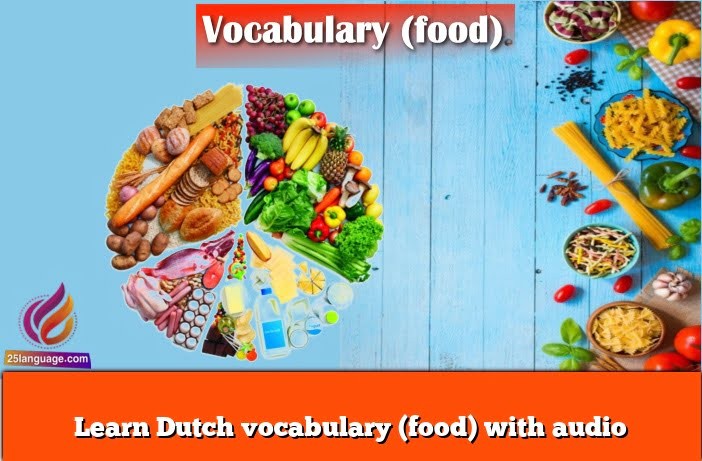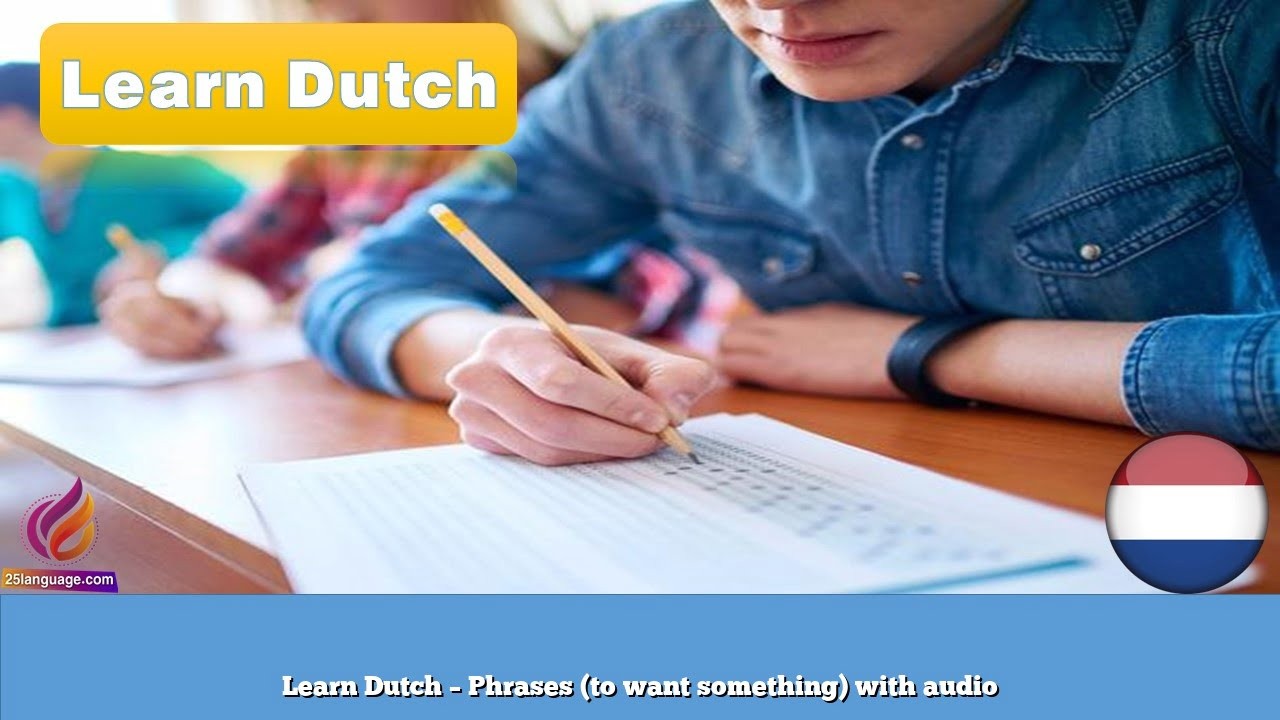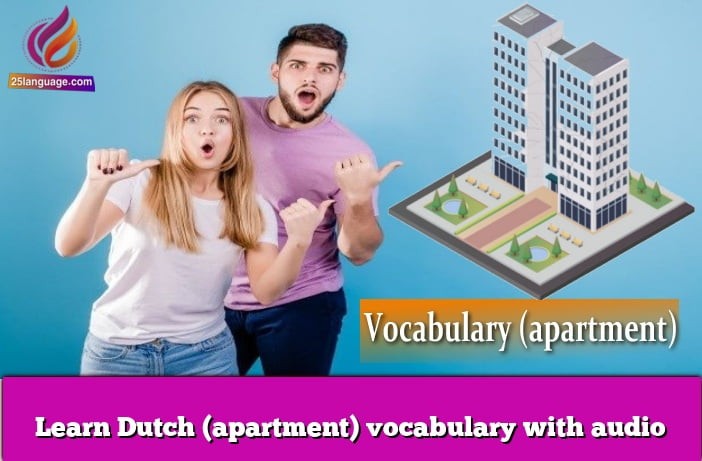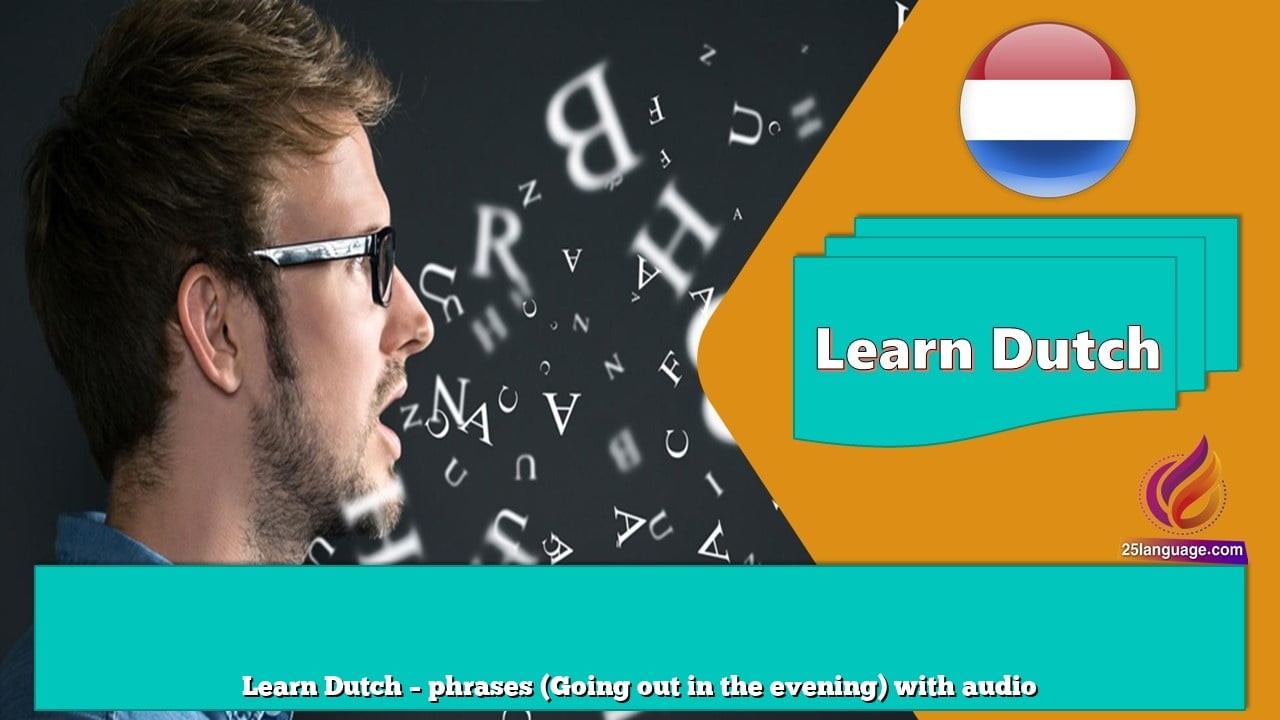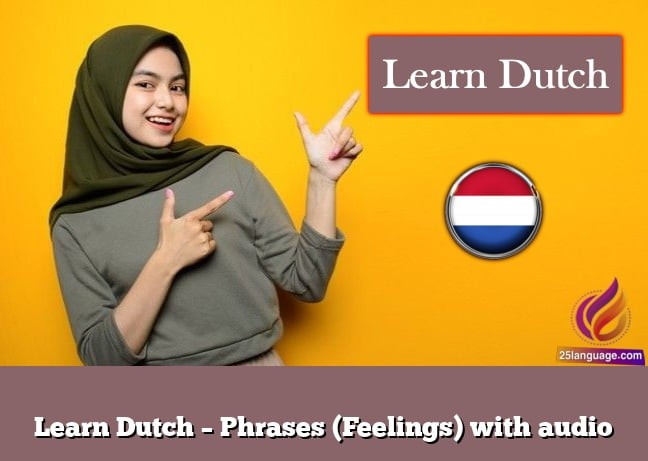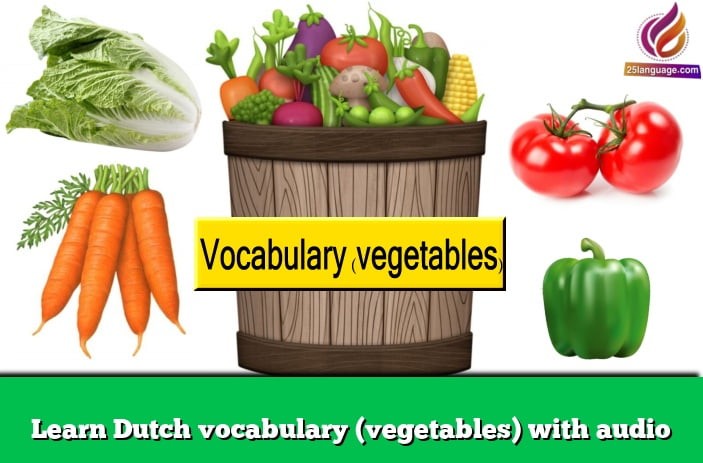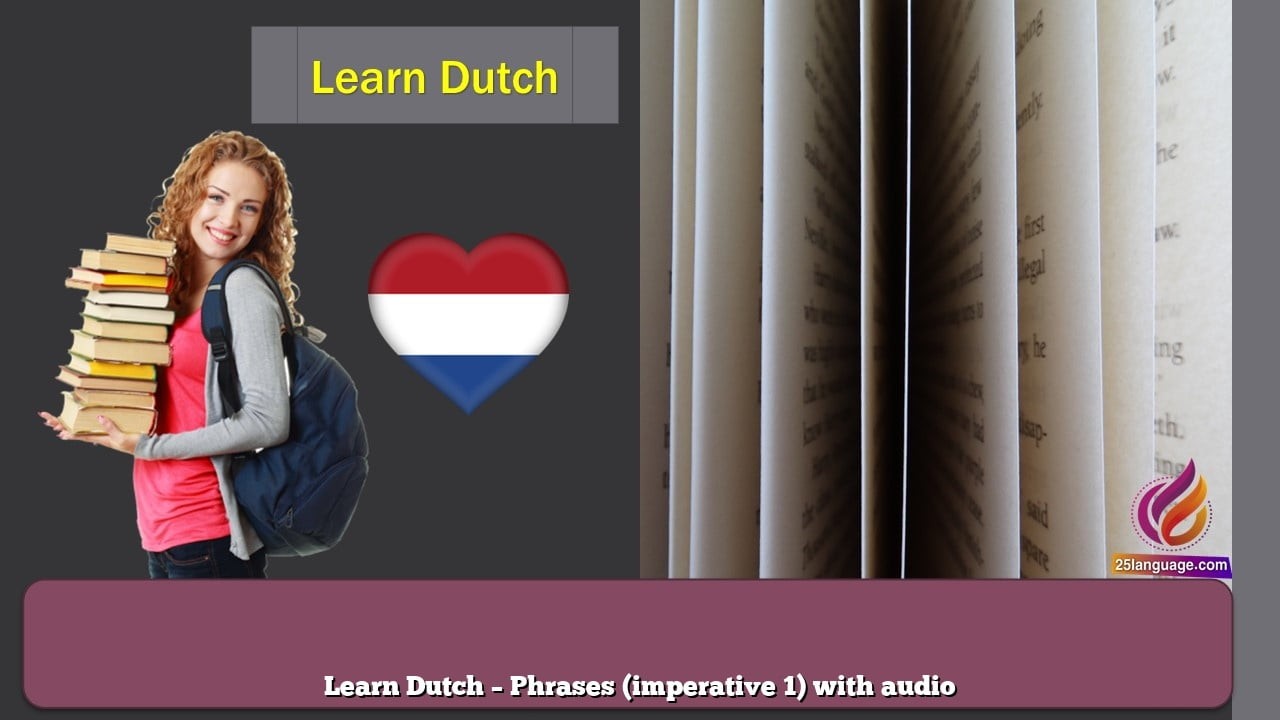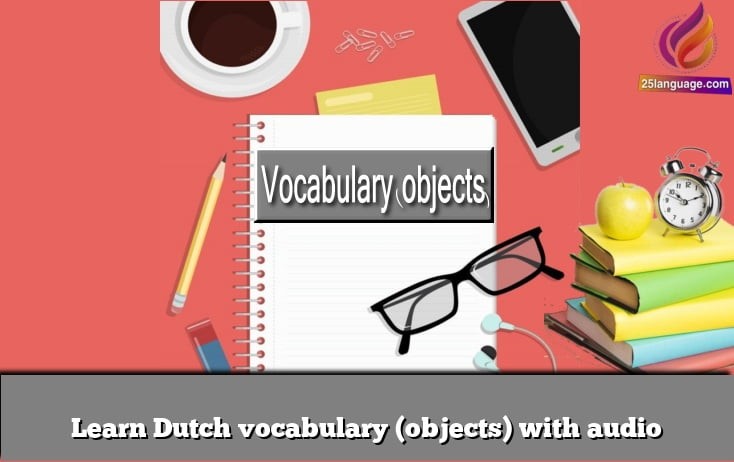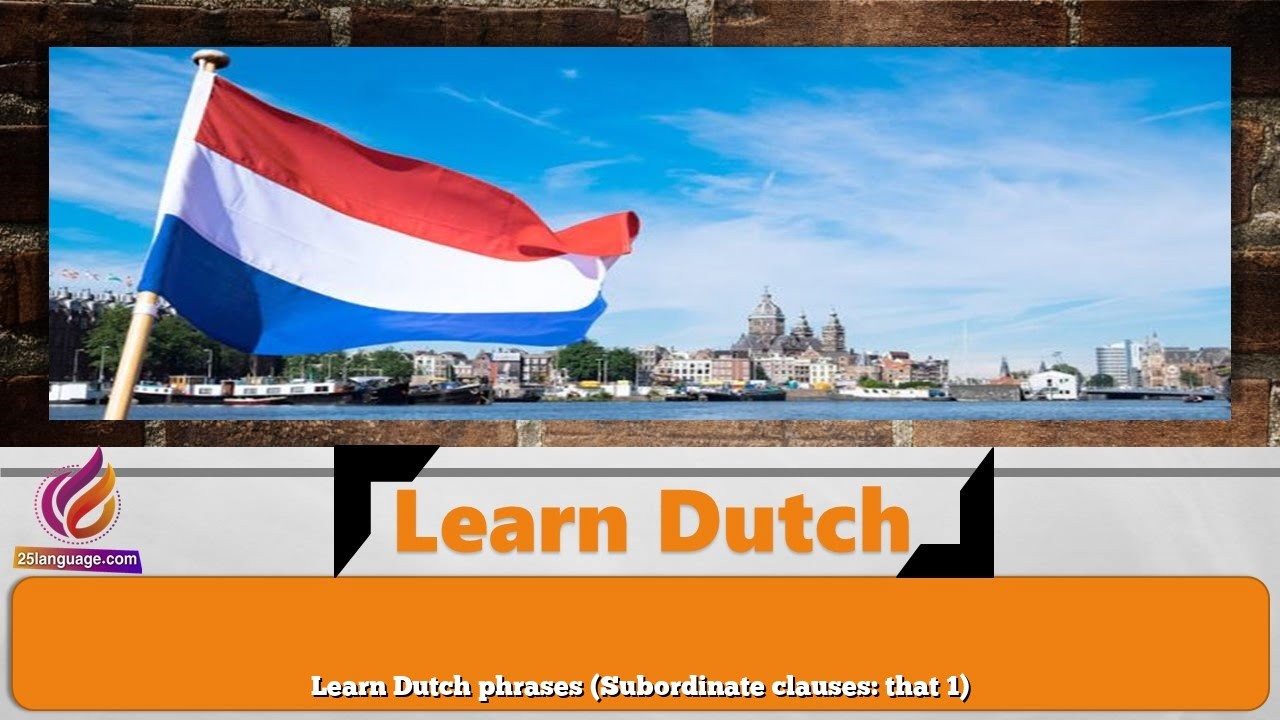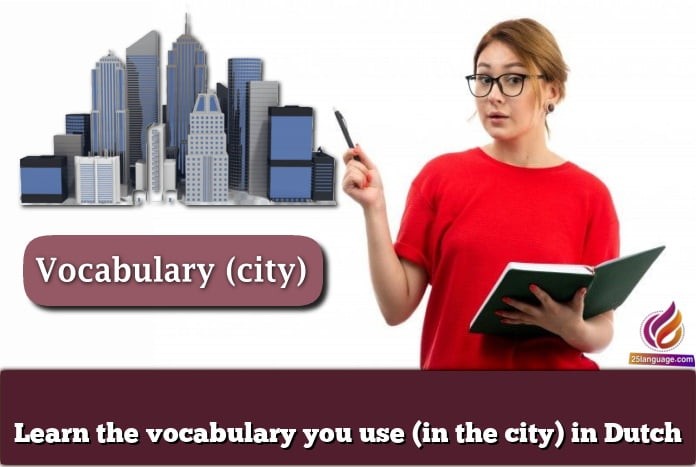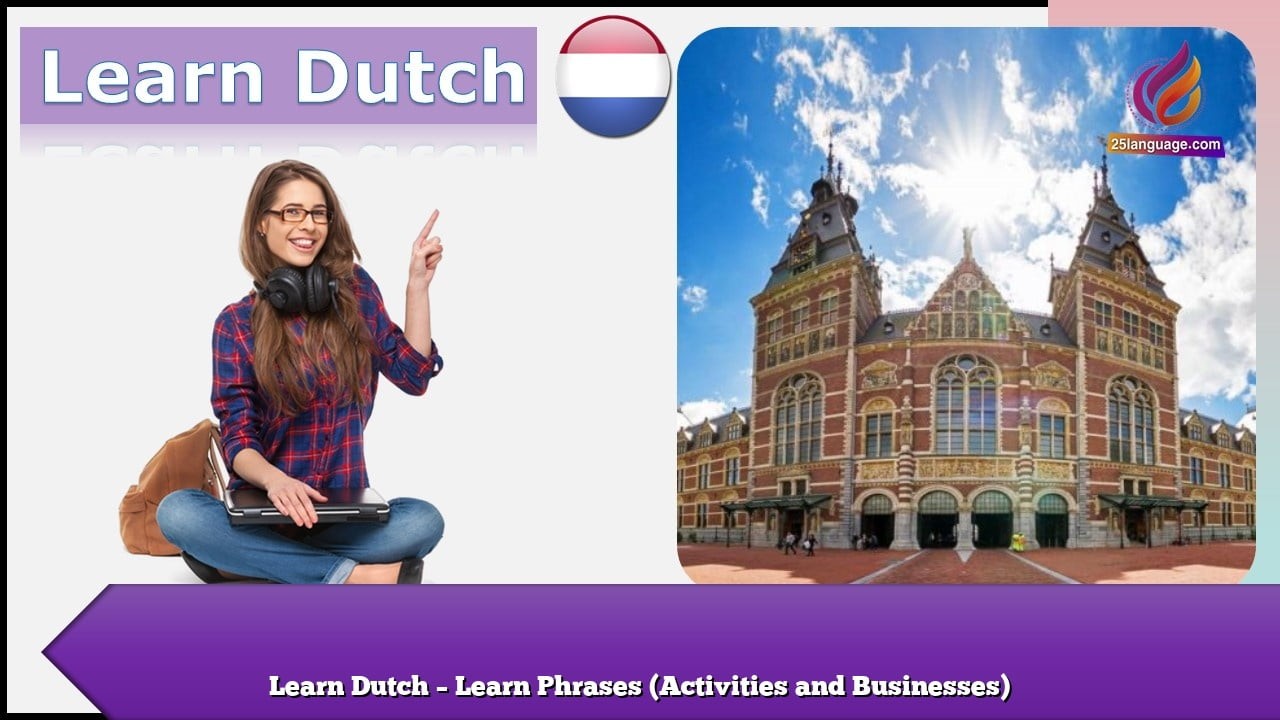phrases about body parts in Dutch
Learn about the phrases "body parts" in Dutch
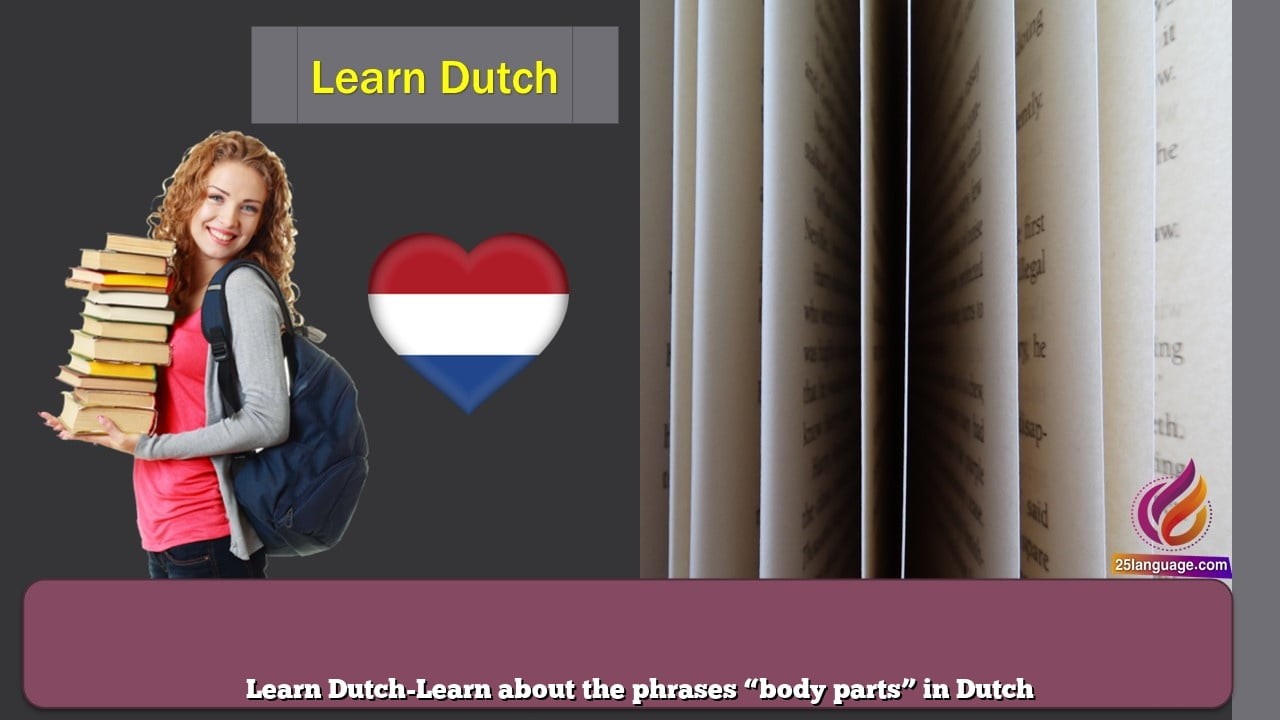
Learning phrases about body parts in Dutch is important because it allows you to talk about your health, injuries, and physical sensations. Being able to describe any pain or discomfort you may be experiencing can help medical professionals diagnose and treat you more effectively.
Moreover, it’s also helpful to know basic body part vocabulary in everyday conversation. For example, when talking about someone’s appearance or when giving directions, you may need to use words like “handen” (hands), “voeten” (feet), “gezicht” (face), or “hoofd” (head).
| Dutch | English |
|---|---|
| Ik heb hoofdpijn. | I have a headache. |
| [responsivevoice voice="Dutch Female" rate="0.8" buttontext="►"]Zij heeft mooie ogen. | She has beautiful eyes. |
| Hij heeft een baard. | He has a beard. |
| Wij hebben koude voeten. | We have cold feet. |
| Jullie hebben sterke armen. | You (plural) have strong arms. |
| Zij hebben lange benen. | They have long legs. |
| Mijn handen zijn koud. | My hands are cold. |
| Zijn voeten doen pijn. | His feet hurt. |
| Haar haar is blond. | Her hair is blonde. |
| Onze neuzen zijn verstopt. | Our noses are congested. |
| Jullie oren zijn rood. | Your (plural) ears are red. |
| Hun tanden zijn wit. | Their teeth are white. |
| Mijn rug doet pijn. | My back hurts. |
| Zijn buik rommelt. | His stomach is rumbling. |
| Haar lippen zijn roze. | Her lips are pink. |
| Onze handen zijn vuil. | Our hands are dirty. |
| Jullie hebben grote handen. | You (plural) have big hands. |
| Hun voeten zijn nat. | Their feet are wet. |
| Mijn knieën zijn stijf. | My knees are stiff. |
| Zijn tandvlees bloedt. | His gums are bleeding. |

